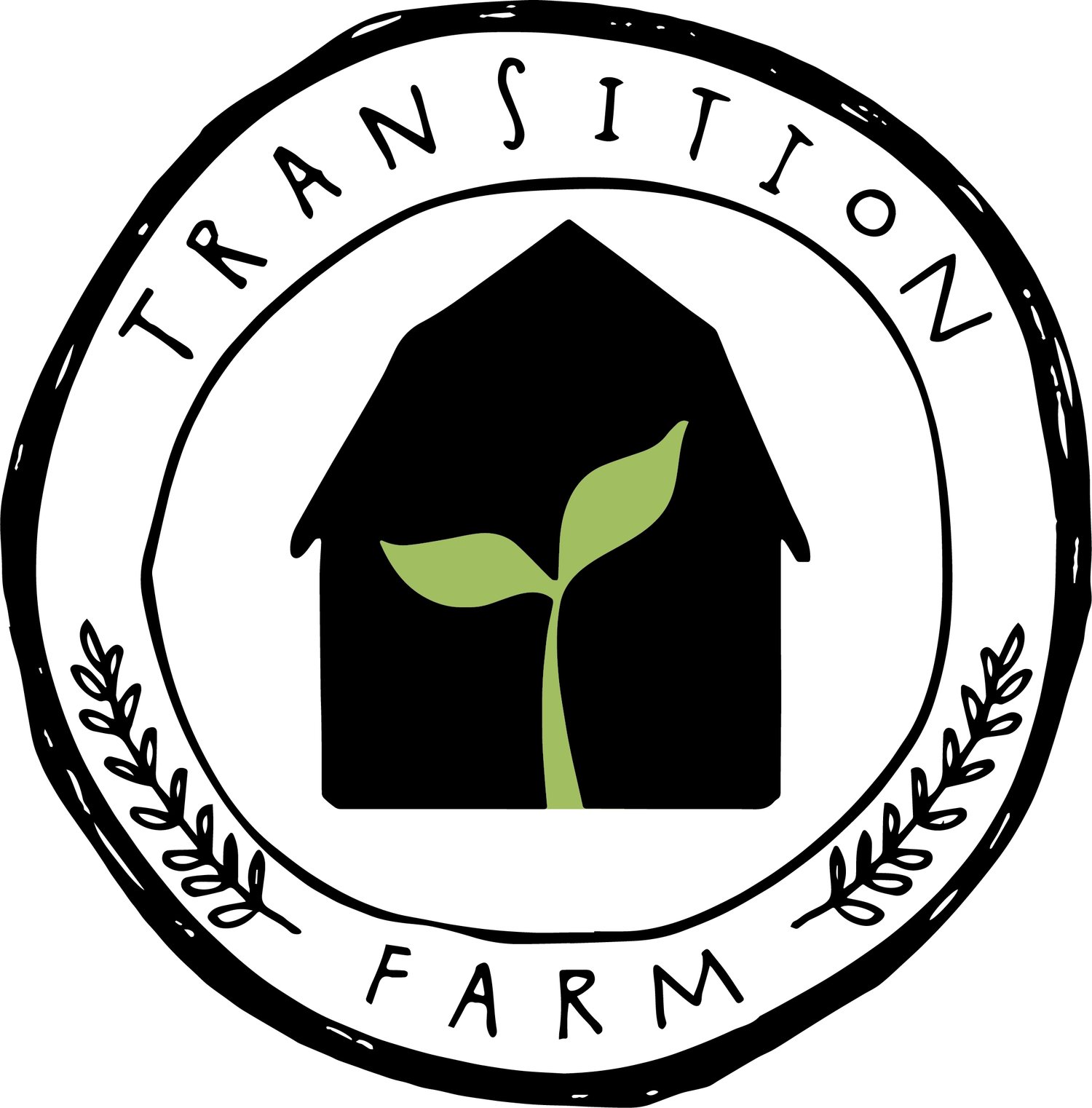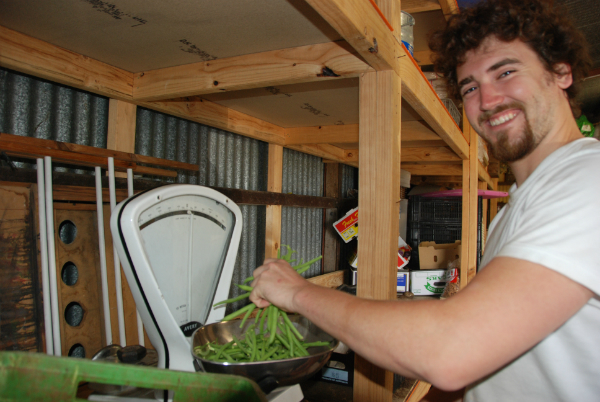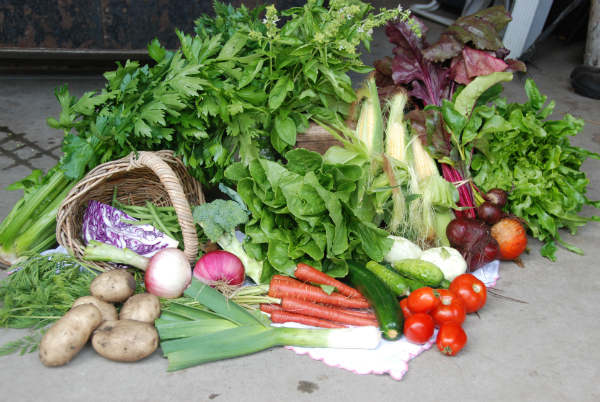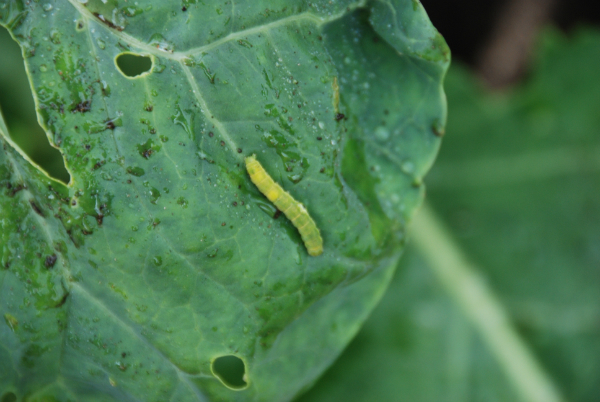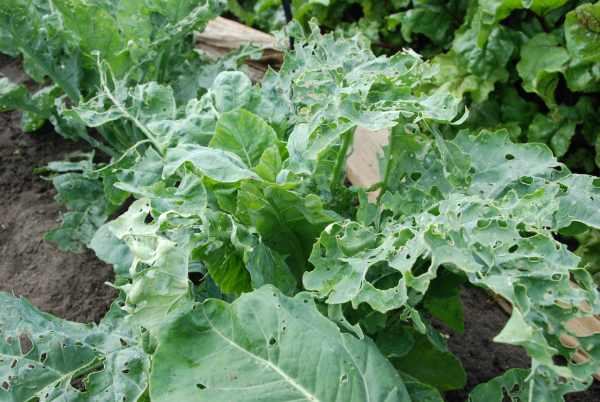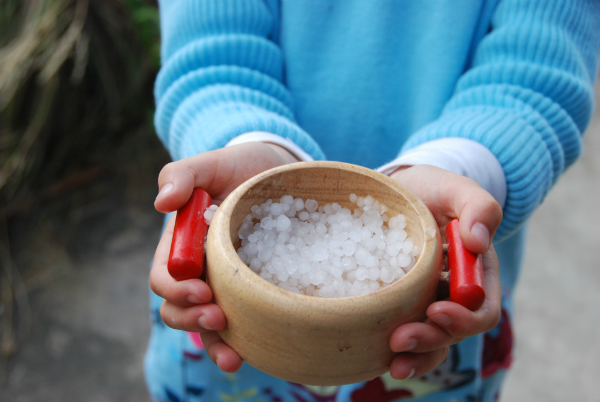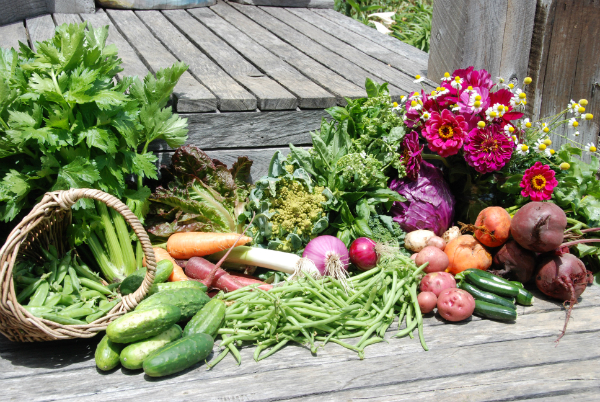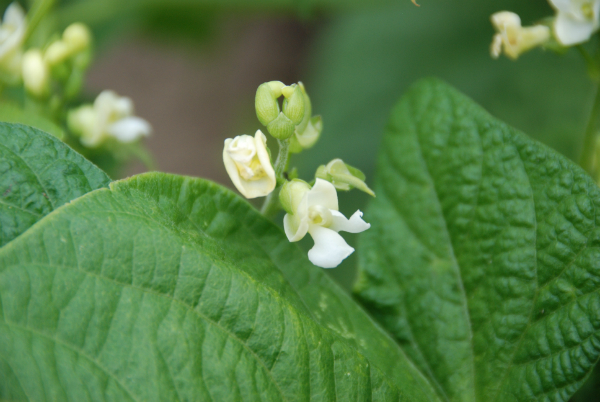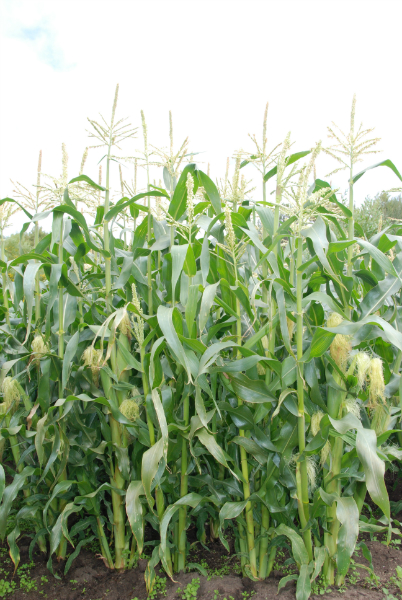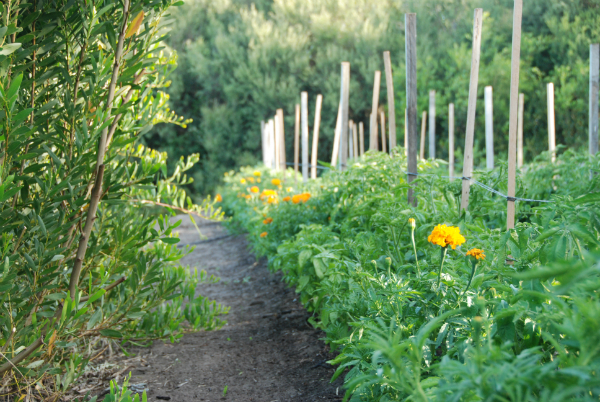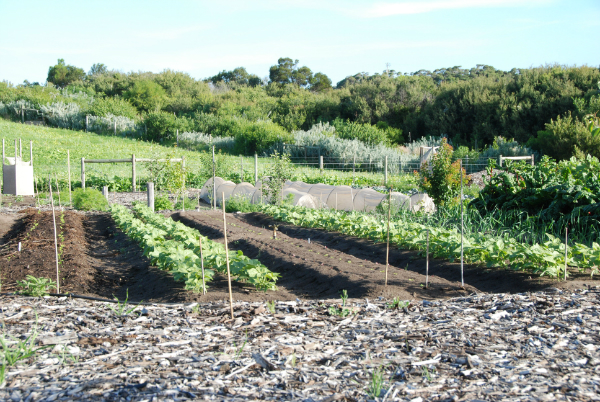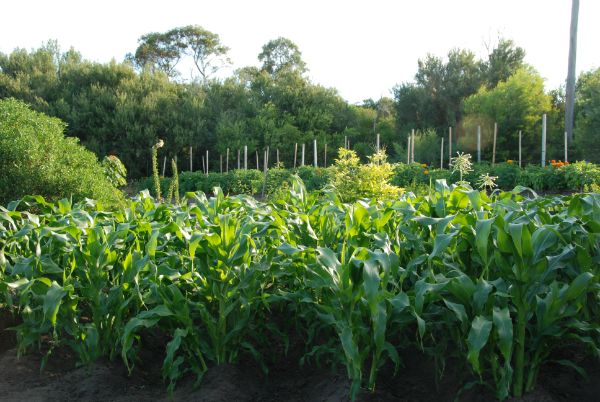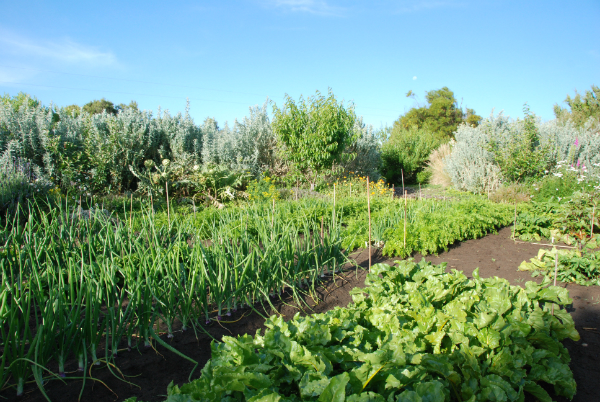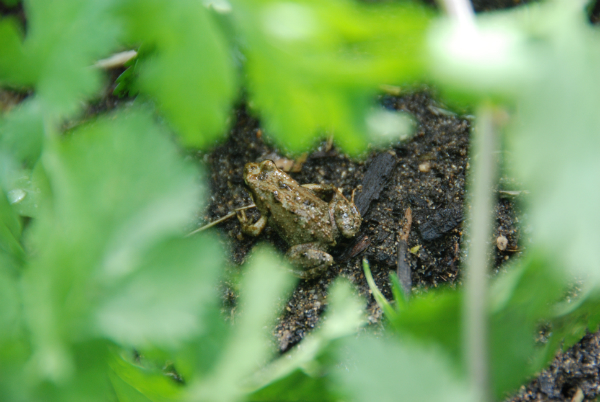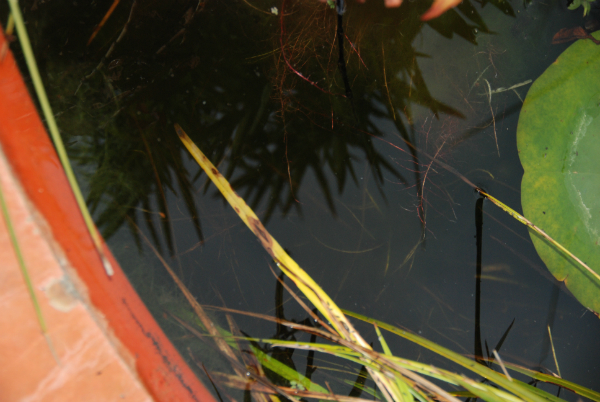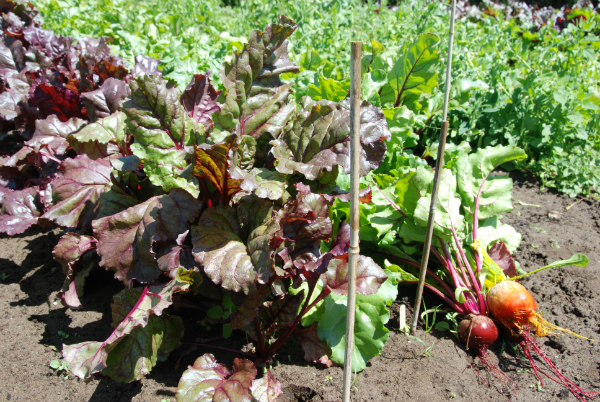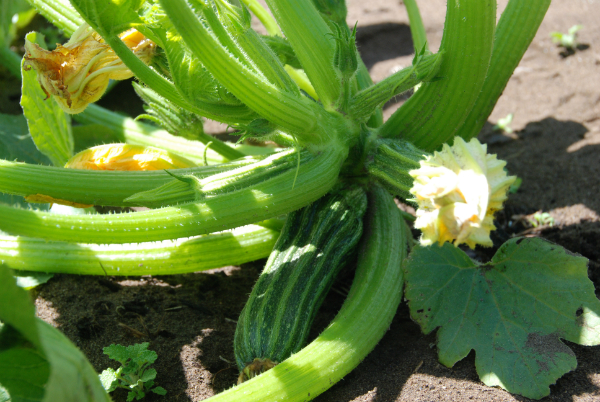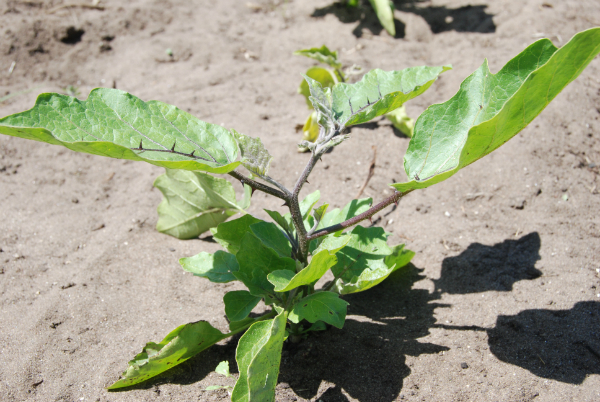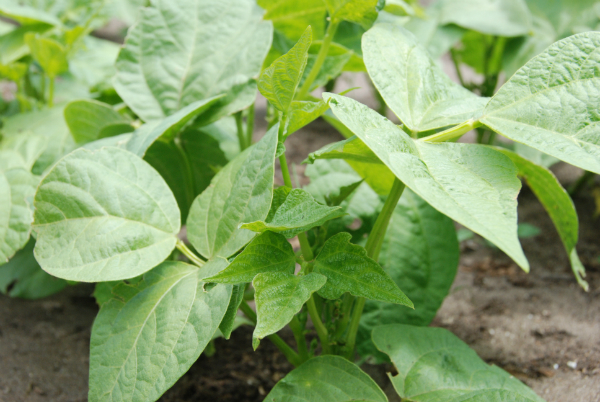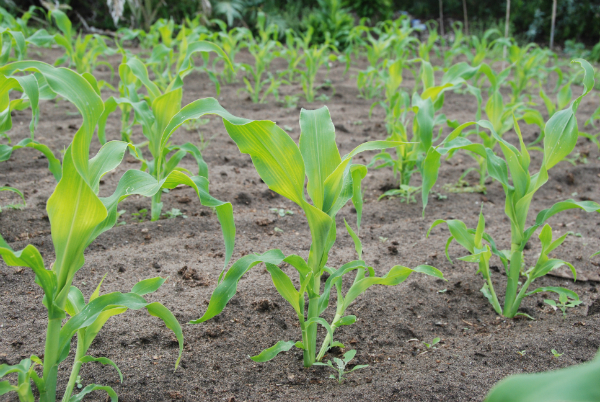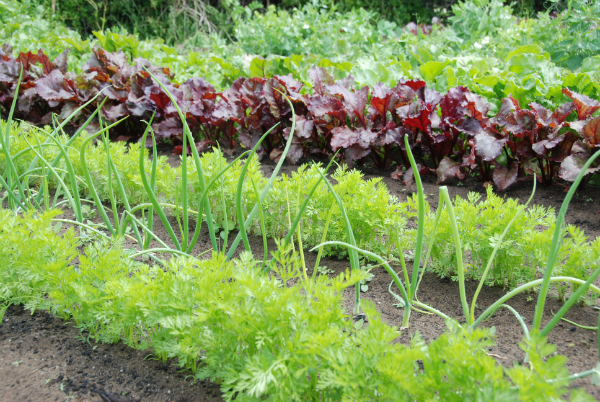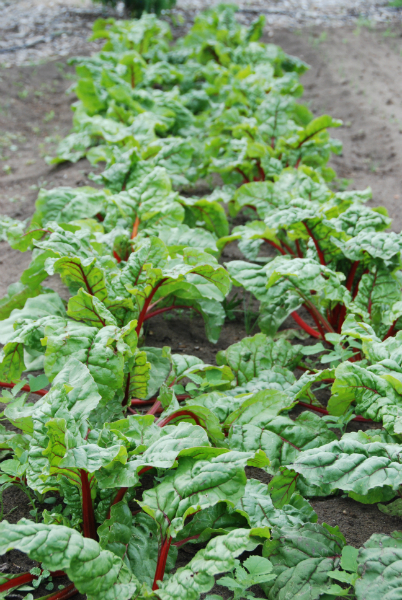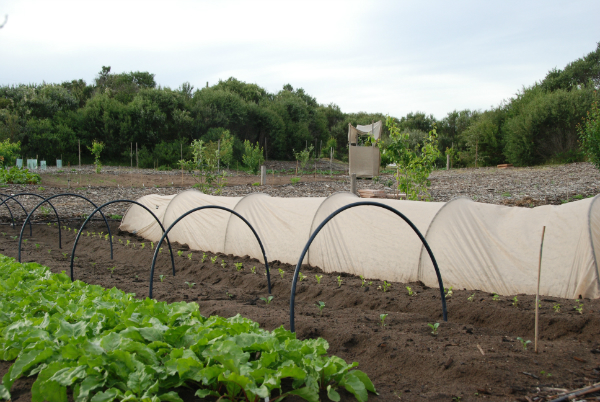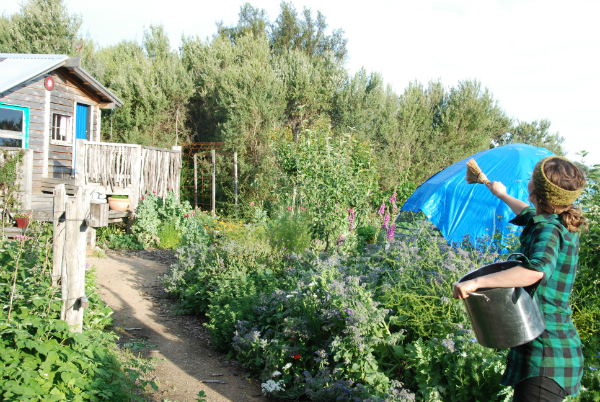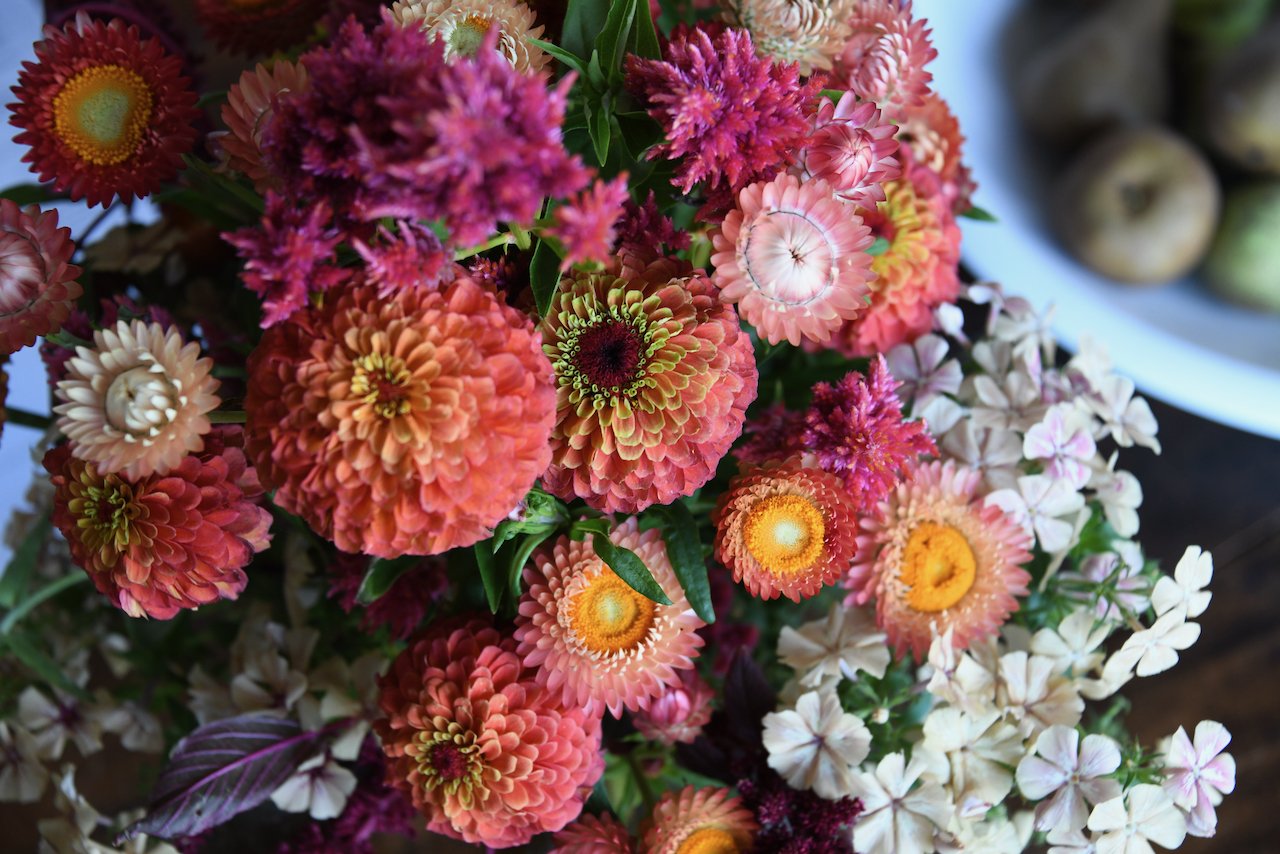The moon is ascending this week – The earth breathes out. We see this as growth activity above the soil. Growth forces and saps flow upwards more strongly and increase the plants vitality. This is the time to spray horn silica preparation 501, cultivate at the appropriate constellation before sowing, harvest on an air constellation plants for medicinal purposes, flowers and plants for preparation making and field crops such as silage and hay (Biodynamic Resource Manual, 51-53).
The moon is also waning this week. Each night it rises about an hour later and is getting smaller, approaching the new moon on Monday 23rd.
Especially with all of the predicted moisture this week, it is a great week to sow root crops for harvest all through the winter. Beetroot, carrots, parsnips and turnips will keep in the ground for most if not the whole winter. By planting them now, you are giving them the warm months to grow before the plant slowly slows down and then goes dormant in the winter. Look for the moon in a root sign to give the seeds their optimal chance at producing a great bulb or root.
The ascending moon is a good time for weeding. Maria Thun emphasized that working in your garden on the constellation in which the plant you are trying to encourage lies, emphasizes that plant’s qualities. Based on her research, weed around your cabbages in a water sign, your broccoli in a flower sign, your carrots and root crops in an earth sign and your corn in a fire sign. I would watch the weather though as there is such a high chance to spread fungus and mildew during these wet days. Some fungus' are just soil borne organisms that because of optimum conditions gravitate up the plant instead of remaining in the soil (where we like them). Messing with some plants when they are wet, encourages this to happen.
This is also a great week to harvest herbs – medicinal for tinctures, salves or drying; culinary for drying; or for using in biodynamic preparations.
For kitchen and medicinal herbs we recommend the following: harvest leaf and flower herbs on flower days; seeds and wild fruits on fruit days; and roots on root days. This will ensure the best aroma and vitality. For preserving one should choose a flower day. – Maria Thun
Following the rhythm of the earth, it is best to harvest leaf, flower and seeds in the morning when the earth’s forces are streaming upwards. After 3pm, the earth’s forces stream down to the roots and that is the best time of day to harvest roots.
With the moisture and the wild weather, we have been sprayingwitch’s brew to give support to the plants and help them to overcome any fungus, mildews and/or rusts which may be starting. We also hope that the added nettle in the brew will encourage the plant to grow through any struggle it may be having. We have seen great results with grapes, which recovered quickly from the first signs of powdery mildew. Pay careful attention to cucumbers, grapes, melons, pumpkins, tomatoes, and zucchini and summer squash plants.
You can continue to sow beetroot, cabbage, cucumber, carrot, cauliflower, celery, Chinese cabbage, lettuce, spring onion, parsnip, radish, silverbeet, and sweetcorn. We are getting ready for seeding our fall brassicas.
On Wednesday and Thursday until 10:50, the moon is in a water sign. Water signs are favourable for leaf plants. These include all the plants whose leaves we harvest: cabbages, cauliflower, parsley, coriander, lettuce, spinach, bok choy, silver beet, asparagus and fennel.
On Thursday, Friday and Saturday until 14:45, the moon is in a fire sign. Warmth or fire signs are favourable for fruit plants. These include all plants whose seed fruit we harvest: beans, peas, grains, cucumbers, squashes, lentils, corn, capsicums, rice, soya, tomatoes, zucchini, eggplant, strawberries and fruit trees.
The moon then moves into an earth sign until Monday at 17:55. Earth signs are favourable for root plants. These included all plants whose roots we harvest: carrots, parsnips, radishes, beetroot, celeriac, swedes, potatoes, onions and garlic.
The moon is in an air sign for the rest of Monday, Tuesday and Wednesday until 20:50. Air signs are favourable for flower plants. These include all the plants, which are grown for their flowers, and where we want a long flowering time: garden flowers, medicinal and preparation flowers, bulbs and broccoli.
Wednesday the 18th is the perigee of the moon, the moon is at its closest to the earth. Perigee brings greater moisture and a tendency towards fungal growth. So keep a close eye on those plants prone to blights and mildews. We will applying another witches brew over the weekend depending on the weather.
We will also experiment with spraying another application of 501 with the moon in an air sign right before the perigee. Although 501 is strong enough to knock some of the flowers off the tomatoes and capsicum, I think the effect of the spray to balance the moisture in the plant and in the atmosphere is worth the experiment. It can only help the flavour and storage capacity of those fruits already set before the spray.
-Gardening Notes are compiled using Brian Keats Antipodean Astro Calendar; Maria Thun’s Gardening for Life; Biodynamic Agriculture Australia’s Biodynamic Resource Manual; Peter Cundall’s The Practical Australian Gardener; Louise Riotte’s Astrological Gardening; and the experiences and farm practices on Transition Farm
Links for more information
For more information about our Biodynamic Gardening Notes, visit our previous post About our Biodynamic Notes.
For more information about liquid brews for plant health, visit our Seasonal Notes page and click the tag “liquid brews” .
For more information about Biodynamics and to purchase biodynamic preparations, I know of three organisations in Australia:
Demeter Biodynamics at http://www.demeter.org.au/index.htm
Biodynamic Agriculture Australia at http://www.biodynamics.net.au
Australia Biodynamic- Victoria Inc. at http://www.biodynamicsvictoria.org/
For more information about the Antipodean Astro Calendar, Biodynamic Planting and research and more visit Brian Keats’ website at http://astro-calendar.com/index.htm.
